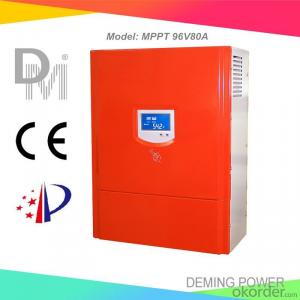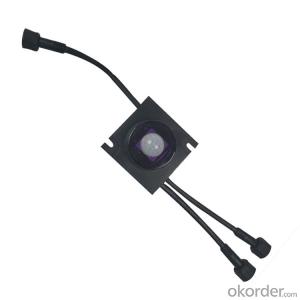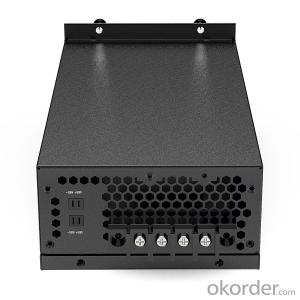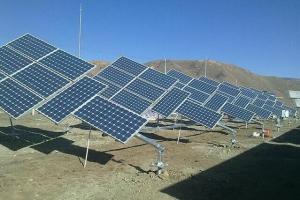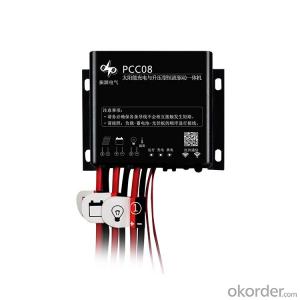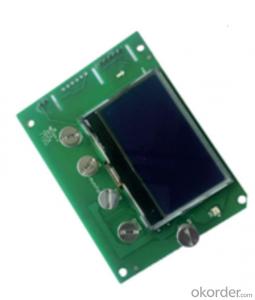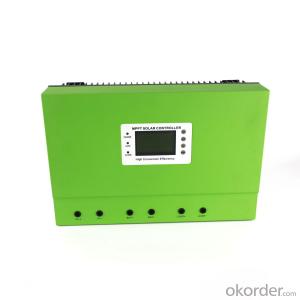96v Solar Inverter
96v Solar Inverter Related Searches
Best Inverter Solar Panel Solar Panel On Roof Rack Inverter To Solar Panel Ratio Solar Panel Decking Lights Solar Panel Inverter Box 1000 Watt Solar Panel Inverter 12 Volt Solar Panel Inverter Plastic Solar Lanterns Buy Solar Panel Inverter Solar Panel Inverter CostHot Searches
Type Of Inverter For Solar Types Of Inverter For Solar Used Solar Inverter For Sale Inverter Size For Solar System Solar Edge Inverter For Sale 5kw Solar Inverter For Sale Solar Inverter For Sale Solar Inverter For Battery Solar Inverter For Split Ac Solar Inverter For Laptop Solar Inverter For Fridge Solar With Inverter Price Solar Inverter With 2 Battery Solar Inverter Price In China Best Solar Inverter In China Solar Inverter Price In Dubai Solar Inverter Price In Uae Solar Inverter Price In Kenya Solar Inverter Price In Kerala Solar Hot Water Collectors For Sale96v Solar Inverter Supplier & Manufacturer from China
Okorder.com is a professional 96v Solar Inverter supplier & manufacturer, offers integrated one-stop services including real-time quoting and online cargo tracking. We are funded by CNBM Group, a Fortune 500 enterprise and the largest 96v Solar Inverter firm in China.Hot Products
FAQ
- The self-consumption of a solar controller refers to the amount of energy it uses for its own operation. It includes the power consumed by the controller's internal components such as circuitry, display, and communication interfaces. Minimizing self-consumption is important as it ensures that a higher percentage of solar energy generated is available for utilization rather than being used by the controller itself.
- A solar controller handles battery float charging by continuously monitoring the battery voltage and adjusting the charging current accordingly. When the battery reaches its maximum voltage, the solar controller reduces the charging current to a level that maintains the battery at a fully charged state without overcharging it. This float charging mode ensures that the battery remains in optimal condition while preventing any potential damage caused by overcharging.
- Yes, a solar controller can be used with flexible solar panels. The solar controller regulates the flow of electricity from the panels to the battery, and it is compatible with both rigid and flexible panels.
- Yes, a solar controller can be used for battery charging in remote locations. Solar controllers are designed to regulate and optimize the charging process of batteries using solar panels. They help protect batteries from overcharging and ensure efficient charging even in remote areas where access to electricity might be limited or unavailable. Therefore, solar controllers are ideal for charging batteries in off-grid or remote locations using solar power.
- Indeed, a solar water pumping system can utilize a solar controller. The solar controller, being a vital element of the system, aids in managing the electricity flow from the solar panels to the water pump. Its primary role is to guarantee that the pump receives an appropriate amount of power for efficient operation while safeguarding it against potential harm caused by overvoltage or overcurrent. Additionally, the solar controller optimizes the system's performance by monitoring the maximum power point of the solar panels and adjusting the voltage and current correspondingly. Ultimately, the presence of a solar controller is indispensable for ensuring the proper operation and longevity of a solar water pumping system.
- Yes, a solar controller can be used with a solar-powered satellite communication system. A solar controller regulates and optimizes the charging of batteries in solar systems, ensuring efficient utilization of solar energy. In a solar-powered satellite communication system, the solar controller would play a crucial role in managing the power generated by the solar panels, maintaining battery health, and providing a stable power supply to the communication components of the satellite system.
- Yes, a solar controller can handle power fluctuations from appliances. Solar controllers are designed to regulate and stabilize the power output from solar panels to ensure a steady flow of energy to connected appliances. They have built-in protection mechanisms like voltage regulation, overcurrent protection, and temperature control, which allow them to handle fluctuations in power demand and supply effectively. Additionally, some advanced solar controllers also offer features like load control and power optimization to further manage and accommodate power fluctuations from appliances.
- The solar controller is a vital part of a grid-tied system that assists in managing power fluctuations from the grid. When power fluctuations occur, such as sudden voltage spikes or drops, the solar controller acts as a mediator to stabilize the power flow between the solar panels and the grid. One of the main functions of a solar controller is to monitor the grid's voltage and frequency. It continuously measures the incoming power and compares it to the acceptable range of values that have been predefined. If the voltage or frequency deviates from the set parameters, the solar controller takes appropriate measures to mitigate the fluctuations. If there is a power surge from the grid, the solar controller uses various protective mechanisms to safeguard the system. It can temporarily disconnect the grid connection or utilize surge protection devices to prevent the excess voltage from damaging the solar panels or other connected equipment. Likewise, if there is a sudden drop in the grid voltage, the solar controller can regulate the power flow to compensate for the lower input. It may adjust the inverter settings or temporarily disconnect the grid connection if the voltage falls below a certain threshold. This prevents potential harm to the solar panels and ensures a stable power supply to the connected loads. In addition, the solar controller plays a critical role in maintaining the stability of the grid-tied system during grid outages. In such cases, the solar controller is programmed to immediately isolate the system from the grid to prevent back-feeding, which could pose a risk to the utility workers attempting to restore power. Once the grid is restored, the solar controller verifies the stability before re-establishing the connection. Overall, the solar controller effectively handles power fluctuations in a grid-tied system by constantly monitoring and regulating the power flow. Its ability to detect deviations, provide protection against surges or drops, and maintain grid stability makes it an essential component for a dependable and efficient solar energy system.

















